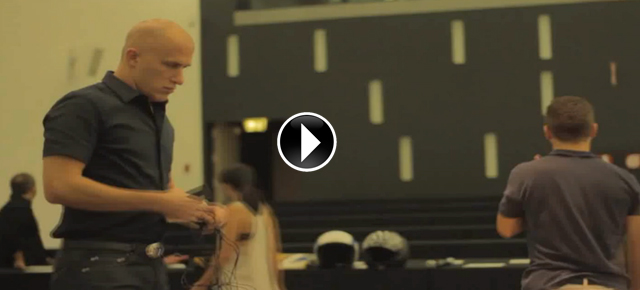QUASIMODO
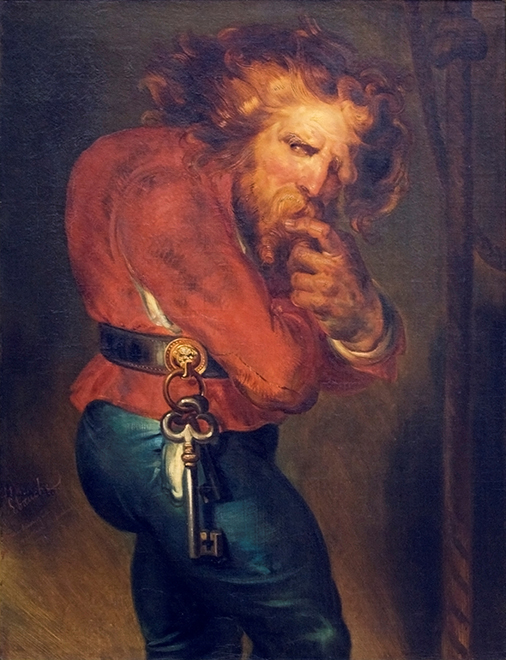
editorial (from the future) by Francesco Lipari
Ok! Lo abbiamo appreso tutti. E a nostre spese. Maledetto Futuro! Sì, proprio tu, Cassandra dei giorni nostri. Eri così sexy e intrigante, muscoloso ed energico, così potenzialmente dotato di attrezzature super intelligenti che abbiamo creduto nei cani robot, le amanti di latta e i partner per sempre. E le nostre case? No! Non voglio credere che morirò dentro quattro mura squadrate! Ma io, in realtà, ho capito chi sei veramente.
E già da tempo. A tradirti sono state quelle “scarpacce” rotte che portavi sotto un luccicante tuxedo Armani. Diabolico come il Principe, astuto come Ulisse, ti sei insediato nelle nostre vite col tuo miglior Cavallo e, quando tutto era perduto, sei uscito allo scoperto e ci hai annichiliti svelando il tuo ruvido carattere.
C’era da aspettarselo. In fin dei conti, nell’ultimo periodo, mi ero pure stancato di prevederti e di intuire i tuoi prossimi passi. Ormai mi avevi rovinato tutto Kubrick, mezza collezione di Philip Dick e perfino Martin McFly… Grazie a te, in questo momento, mi sento quasi come Benjamin Button di Scott Fitzgerald nell’omonima vicenda ideata nel secolo scorso e portata nel nuovo dal Fincher di Fight Club: sono vecchio e cerco disperatamente di raggiungere una giovinezza lontana.
Sai che c’è? Alla fine non ti condanno. È la tua natura dissenziente che ti fa perdere lucidità a vantaggio di caos ed incertezza.
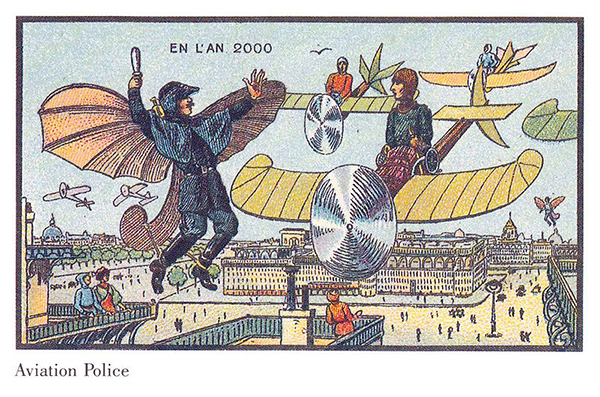
Eppure eri nato per aver avere un grande futuro, tu che eri il Futuro. Ma troppi hanno voluto che assumessi le sembianze di ciò che meno li spaventava colpendoti ripetutamente, fino a sfigurati. Infine, “regalandoti” nuove sembianze da Passato conservatore. Ma come nelle più belle storie di inizio Ottocento sei quasi il Quasimodo di Victor Hugo, nobile d’animo anche se di aspetto non comune. E se sei quel buffo mezz’uomo che tanto amava la sua cattedrale, allora riunisci i tuoi amici gargoyle e liberaci da tutti i mali. Amen. Immaginiamo insieme un nuovo futuro, anche se da una direzione contraria a quella di un secolo fa.
Viviamo esattamente cento anni dopo l’epoca di quei futuristi come Villemard che aveva immaginato la sua Parigi d’inizio secolo da un punto di vista davvero unico. Un approccio punk, o steampunk, che ci dà l’idea di come i nostri predecessori (o almeno una piccola schiera) immaginavano il futuro da una grande distanza, non solo temporale ma anche tecnologica, rispetto a quella in cui ci troviamo a vivere adesso. In quel periodo, l’orientamento al futuro ripercorreva profondamente il pensiero intrapreso dal ben più noto Jules Verne. Una sorta di approccio leonardesco a un domani di prossima disfatta (il nostro) con architetti che progettano e costruiscono contemporaneamente da una cabina meccanizzata, senza ausilio di alcun operaio, autogrill per il ristoro dei piloti d’aerei e metropolitane sospese e dove piccoli studenti vengono indottrinati da cavi collegati a tritura-libri, probabile motivo di ispirazione per la famosa lirica Another Brick in the Wall.

Le abitazioni avrebbero subito una rapida evoluzione nel giro di pochi anni. L’attuale domotica si sarebbe perfettamente integrata nelle loro case e il progresso chimico avrebbe permesso nuovi metodi di trasporto della materia e, quindi, nuove vie nel ripensare spazi e arredi. Visioni sicuramente vicine alle attuali condizioni delle città con crescite demografiche che si apprestano a trasformarle sempre più in megalopoli. Come architetto, con una vocazione a un design futuristico, credo in questa utopia – come manifestazione essenziale di cultura e di coscienza del nostro impegno verso un nuovo senso del fare – poiché, se non abusata, ci permette una progressione elevata delle nostre conoscenze immaginando scenari futuri capaci di intercettare esigenze che attualmente non esistono. Ma come “rifare” oggi l’uomo, ridandogli illusioni, fiducia e ansia in un futuro che guarda al passato?
La risposta a questo paradosso anacronistico è degnamente affrontata in uno dei nostri più concorsi più riusciti: New York CityVision.

ENGLISH VERSION_________________________________________________________________
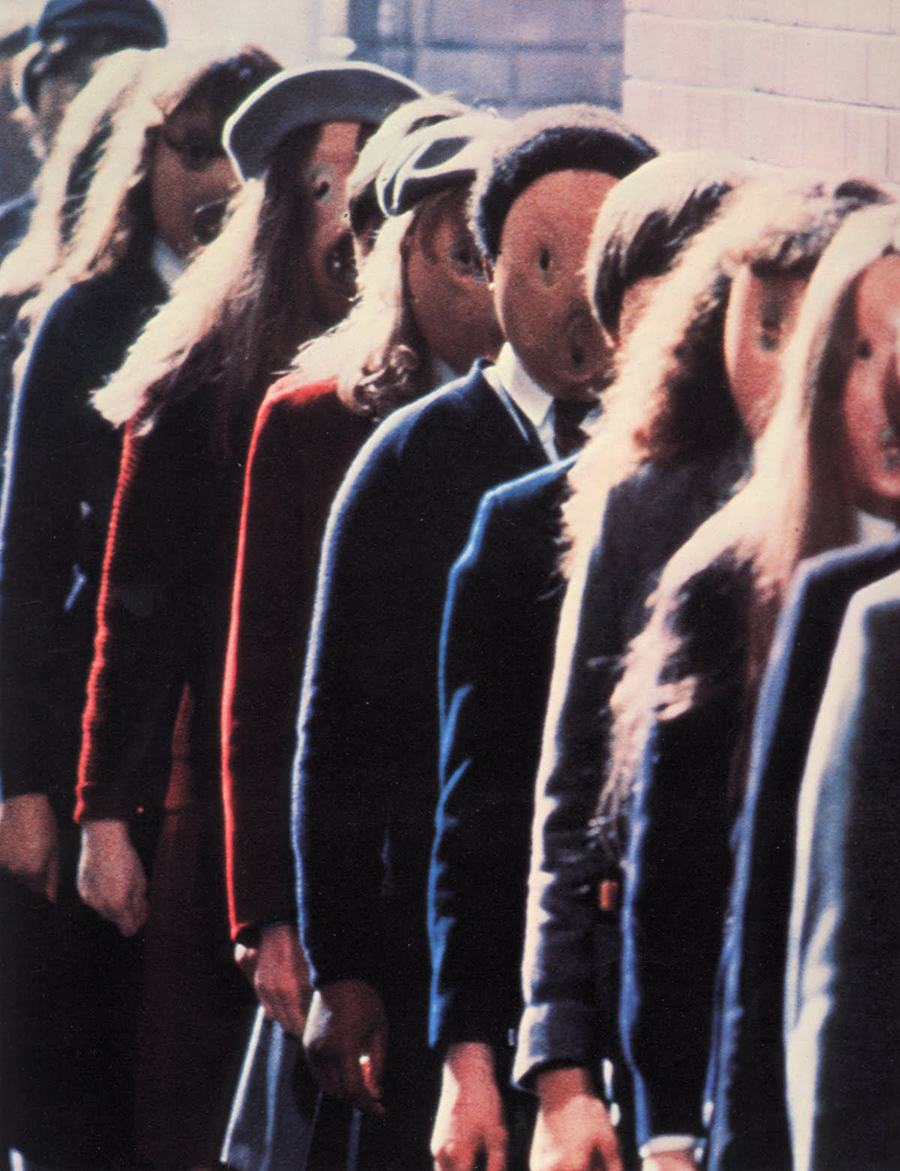
Ok! We’ve all understood. And at our expense. Damn Future! Yes, you, Cassandra of our days. You were so sexy and intriguing, so muscular and full of energy, so endowed with super intelligent equipment that we actually believed in robot pet dogs, tin lovers that would be our eternal partners. And our homes? No! I don’t want to believe that I will die in four square walls! But I in fact know who you really are. And I have known for some time. What betrayed you were those worn out shoes you wore under a shimmering Armani tuxedo. Evil as the Prince, cunning like Odysseus, you settled into our lives with your best horse, and when all was lost, you came out in the open and annihilated us revealing your rough character.
It was to be expected. After all, during the last period, I’d got tired of foreseeing and understanding your next steps. I had ruined everything Kubrick, half of Philip Dick’s collection and even Martin McFly… Thanks to you I nearly feel like F. Scott Fitzgerald’s Benjamin Button at the moment, a story of the past century that has been told anew by Fight Club director Fincher: I am old and desperately trying to reach a distant youth. You know what? At the end I don’t condemn you.

It’s your dissenting nature that makes you lose lucidity in favor of chaos and uncertainty. You were born to have a great future, you that were the Future. But too many wanted you to wear the guise of what scared them least hitting you repeatedly, nearly disfiguring you. Giving you, in the end, a new appearance of a conservative Past. But as the most beautiful stories of the late eighteenth century you are almost Victor Hugo’s Quasimodo, a noble spirit in an uncommon appearance.
And if you’re that funny half man that loved his cathedral so much, then gather your gargoyle friends and deliver us from all evil. Amen. Let us imagine a new future together, albeit from a direction opposite to that of a century ago. We live exactly one hundred years after the time of those futurists, like Villemard, that had imagined his Paris of the early twentieth century from a unique point of view. A punk or steampunk approach, which gives us an idea of how our predecessors (or at least a small group) envisioned the future from a great distance not only of time but also technology in respect to the way we live now .
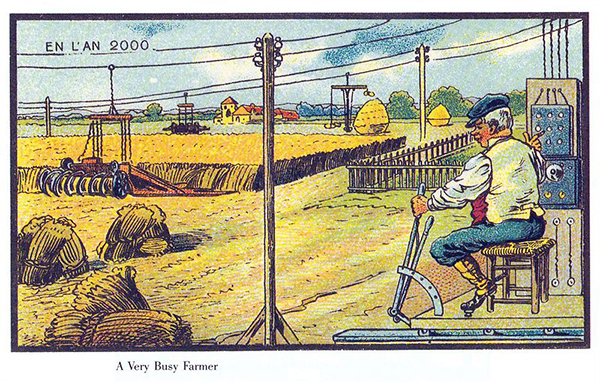
At that time, future-oriented thinking deeply retraced the well known Jules Verne way of thinking. A sort of Leonardo’s approach to tomorrow’s next defeat (our own) with architects who design and build at the same time from a mechanized booth, without the aid of any worker, a roadside cafè where airplane pilots can rest and suspended subways where young students are indoctrinated by cables connected to book shredders, a likely inspiration for the famous opera Another Brick in the Wall. Houses would have undergone a rapid evolution over the next few years. The current automation would be perfectly integrated in their homes and chemical progress would allow new methods to transport materials and, therefore, new ways of rethinking spaces and furnishings. Visions certainly close to the current conditions of the cities with population growth that are turning more and more into megacities.
As an architect, with a vocation to a futuristic design, I believe in this utopia – as essential manifestation of culture and consciousness of our commitment to a new way of doing – because if not abused, it allows for high progression of our knowledge imagining scenarios able to intercept future needs that currently do not exist. But how can we “remake” man today, restoring his illusions, anxiety and confidence in a future that looks to the past? An anachronistic paradox worthily addressed in one of our most successful contests: New York CityVision.
Related Posts :
Category: Editorial
Views: 3675 Likes: 1
Tags: city vision

